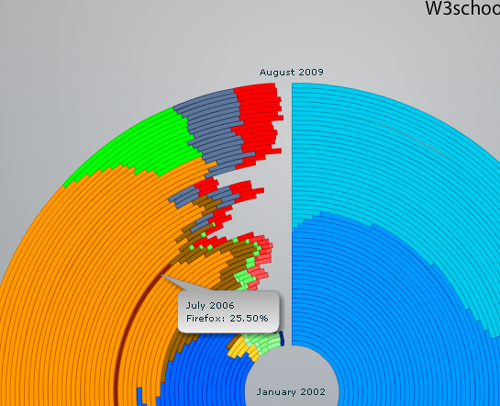When I meet people at a party and they ask what I do, I tell them I write books. They ask what kind of books, and when I mention I wrote a book about project management they often roll their eyes, half joking, and say with a smile why would you write a book about something as boring as project management?
To which, I answer. Everything is a project.
And they say, what?
And I say, again, Everything is a project.
How did you get to this party? I ask. Well, that’s a project. How did you plan and deliver the last party you threw for others? That was a project too. The making of your home, the delivery of electricity and water to it, and the earning of wages to pay for all these things are all various forms of projects, or consist of activities roughly comparable to any definition of a project.
Then I say the kicker, project management is only as boring as the thing being managed.
On a good day, they look at me for a long moment, their faces frozen with that lost in thought look we all make when someone surprises us with something interesting to say. And then they say “Huh”, in a way that implies their brain is doing actual thinking. To fill the void, I often ask where they are from, or if they’re having fun, successfully completing the project of changing the conversation with a stranger at a party. Often they decide to return to talk of projects, proving it’s possible to make it not so boring after all.
On a bad day, they conclude I’m more boring than they thought, and despite their full Martini in hand, excuse themselves to the bar to get a drink.
I wrote earlier about why project managers get no respect, and that’s because people who make a big deal out of the project-manageryness of their work, as opposed to the domain of the things they make (homes, software, films, cookies) come off as a kind of weenie, a pm-weenie if you will. They appear to be people who are more interested in schedules, budgets and methods than the results those tools help achieve, which is kind of weird. It’s like the director of a bad movie who talks only about his fancy zoom lenses, or that the film came in under budget. They miss the point.
But the best project managers, including those people who do lead or manage things yet never use the pm title, somehow know instinctively that everything is a project. They know there needs to be a driving force of thinking, a constant source of social energy, a list or a table or a spreadsheet, that makes it easier for everyone to push their own small decisions forward, increasing the odds with every single effort that the results will be good. Good project managers aren’t even necessarily very organized, they know many ways to drive people forward and hold them to commitments, even without a GTD brain implant.
There are many ways to look at all that we do, but the project-centric view is potent. Everything in work, and many things in life, has a goal, a set of constraints, some design challenges, a schedule, a few dependencies, some key relationships, etc. And it’s hard to be good at managing, leading, teaching, creating, making or building just about anything if you have absolutely zero skills at project management. To me, anyone who is a writer, a VP, a salesman, a film-maker, a teacher or an athlete does project management of a sort nearly all the time.
When I get stuck, at work or in personal life matters, or I see someone else who is blocked, I say, out loud, everything is a project. If I’m blocked, what are my goals? What are my assets? What are my liabilities? How can I divide this big thing I’m stuck on into smaller pieces, one of which I might be able to tackle? And sometimes just realizing there is a simple easy way to re-frame anything into the form of a project is enough to get things moving again.
 Thoughtless acts, by Jane Fulton Suri – This is a great book for any design, or creative thinkers out there. Published in 2005, I read it back then, put it a stack of books, and only rediscovered it this year. It’s a collection of photos of objects redesigned by ordinary people to serve purposes beyond what the designer expected. (Nice article with many photo examples here)
Thoughtless acts, by Jane Fulton Suri – This is a great book for any design, or creative thinkers out there. Published in 2005, I read it back then, put it a stack of books, and only rediscovered it this year. It’s a collection of photos of objects redesigned by ordinary people to serve purposes beyond what the designer expected. (Nice article with many photo examples here) Logic, which is practically worthless, but studying logic had all sorts of hugely important side effects, including discovering the work of Bertrand Russell, who is likely my favorite philosopher of all time. This unusual telling of his life story in comic book form sounds like a bizzare idea for a book, and it is, but it makes for a surprsingly entertaining and moving read.
Logic, which is practically worthless, but studying logic had all sorts of hugely important side effects, including discovering the work of Bertrand Russell, who is likely my favorite philosopher of all time. This unusual telling of his life story in comic book form sounds like a bizzare idea for a book, and it is, but it makes for a surprsingly entertaining and moving read.


